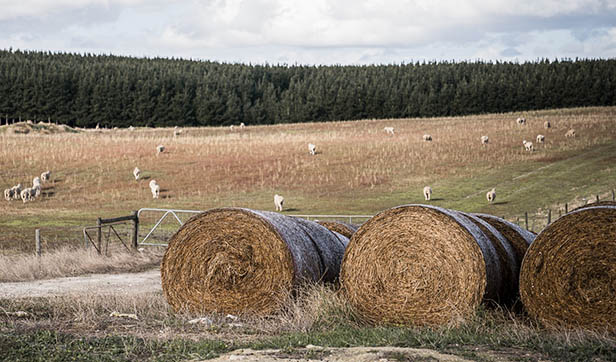Welcome to the Elders Insights' Weekly Market Summary for the week 8 to 14 December 2025. We recap what’s happened on the Australian commodity markets over the past week and influencing factors.

Weather
There was patchy rainfall of 25 to 100mm through north-west Western Australia and Top End of the Northern Territory through to south-west Queensland and northern and central areas of NSW. The next week has further rainfall of 15 to 100mm forecast for most of northern Australia, New South Wales and eastern Victoria, with lighter falls in western areas.
Longer-term forecasts are strengthening for another wet period across northern Australia.
Get weather forecasts for your region on Elders Weather.
Australian Dollar
Interest rate decisions in Japan, the euro zone and the UK, alongside a packed data schedule featuring key US and global data releases, will dominate financial markets in the final full week of trading in 2025. The Australian $ will likely be swayed by this data.
Livestock
Dry weather has seen markets well supplied with cattle. With most processors having secured their needs, prices eased with a decline in cattle quality also playing a part. International lean beef spot prices eased again through the week on strong Brazilian competition. Expect that export prices will be lower when Australian exporters negotiate new contracts which will pressure local cow values in early 2026.
Sheep and lambs ready for slaughter were firm, but restocker and merino lambs prices were 3 per cent easier. Stock water is becoming an issue for much of central and southern NSW with graziers keen to lighten stock numbers as temperatures heat up.
Most local livestock selling centres are winding up this week until the new year.
View livestock for sale and our sales calendar listings.
Grain
Nothing has changed fundamentally with strong corn demand underpinning the global grain complex in the face of large supplies.
Locally, southern prices have come under pressure as sales ramp up as harvest progresses. Better-than-expected yields in parts of southern and south-central NSW are thought to have contributed to the drop in depot bids from wheat exporters. Elsewhere in the east, most nearby business has been done, and growers and traders are in wind down mode. There has been good rain across south-west Queensland and northern NSW, with more on the way which is firming sorghum production estimates.
In Western Australia, the Grain Industry Association of Western Australia (GIWA) slightly lowered its estimates for the state's 2025/26 production of wheat, barley and canola but said the harvest of winter crops was still on track to be the biggest ever. Most are still harvesting.
Trade your grain at your price on the secure GCX platform.
Wool
Another positive week with all micron categories finding solid support. The Eastern Market Indicator (EMI) continued its upward trend, rising to 21c/kg to 1,542Ac/kg, to be now 35pc higher year-on-year. Last week’s auction roster had over 41,000 bales, marking one of the few occasions this season where volumes have exceeded the 40,000-bale level. Another 40,000 bale sale is scheduled this week ahead of the Christmas recess.
Learn the many ways we support wool growers.
Sugar
Pushed back over 15USc/lb last week but prices remain under pressure with supplies set to grow and bearish demand signals prevailing.
Cotton
No change to global fundamentals or local prices. USDA left the global cotton balance sheet virtually unchanged - with US production slightly higher (up 150,000 bales to 14.27 million), but otherwise no major adjustments to world production, consumption or stocks estimates. The market is looking for sustained strong US exports to lift prices or downward revisions to production estimates in Australia or Brazil.
Learn about the many ways Elders helps cotton growers.
This is our final Weekly Market Update for 2025.
We will resume these reports the week commencing Monday 15 January 2026. Wishing all our readers a merry Christmas and a safe, happy and prosperous new year.
The information contained in this article is given for the purpose of providing general information only, and while Elders has exercised reasonable care, skill and diligence in its preparation, many factors (including environmental and seasonal) can impact its accuracy and currency. Accordingly, the information should not be relied upon under any circumstances and Elders assumes no liability for any loss consequently suffered. If you would like to speak to someone for tailored advice relating to any of the matters referred to in this article, please contact Elders.